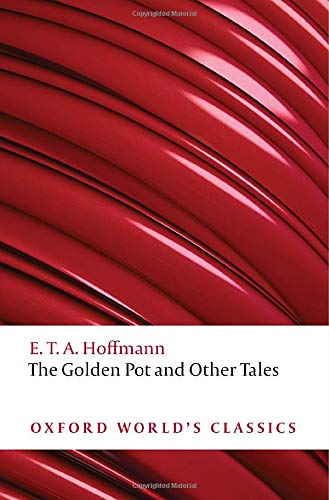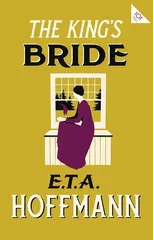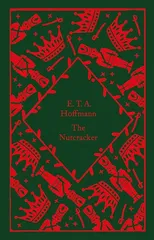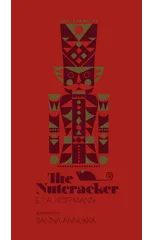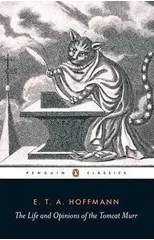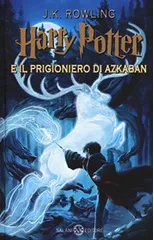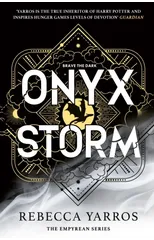The Golden Pot and Other Tales
(Author) E.T.A. HoffmannHoffmann is among the greatest and most popular of the German Romantics. This selection, while stressing the variety of his work, puts in the foreground those tales in which the real and the supernatural are brought into contact and conflict. The humour of these tales is a result of the incongruity of supernatural beings at large in an ostentatiously everyday world. They include The Golden Pot, recognized as Hoffmann's masterpiece by himself and posterity; its spine-chilling companion tale, The Sandman, which Offenbach drew on for his opera Tales of Hoffmann, and which Freud examines in his essay `The Uncanny'; two longer and more elaborate fantasies, set respectively in Germany and Italy; and the late story, My Cousin's Corner Window, which shows the powers of the imagination being applied to everyday urban life, and marks a transition in European literature generally from Romanticism to Realism. Ritchie Robertson's detailed introduction places the stories in their intellectual and historical context and explores their compelling narrative complexities.
E.T.A. Hoffmann
E.T.A. Hoffmann (1776-1822) was a German author, composer, and illustrator known for his Gothic and fantasy literature. His most notable works include "The Nutcracker and the Mouse King," which later inspired Tchaikovsky's famous ballet, and "The Sandman," a story that explores themes of madness and obsession.
Hoffmann's writing style is characterized by its blend of fantasy, horror, and the supernatural, often featuring elements of dream-like storytelling and psychological depth. His works have had a significant impact on the development of the horror and fantasy genres, influencing writers such as Edgar Allan Poe and Franz Kafka.
Overall, E.T.A. Hoffmann's contributions to literature lie in his ability to create intricate and imaginative worlds that delve into the darker aspects of human nature, leaving a lasting legacy in the realms of Gothic fiction and fantasy literature.
